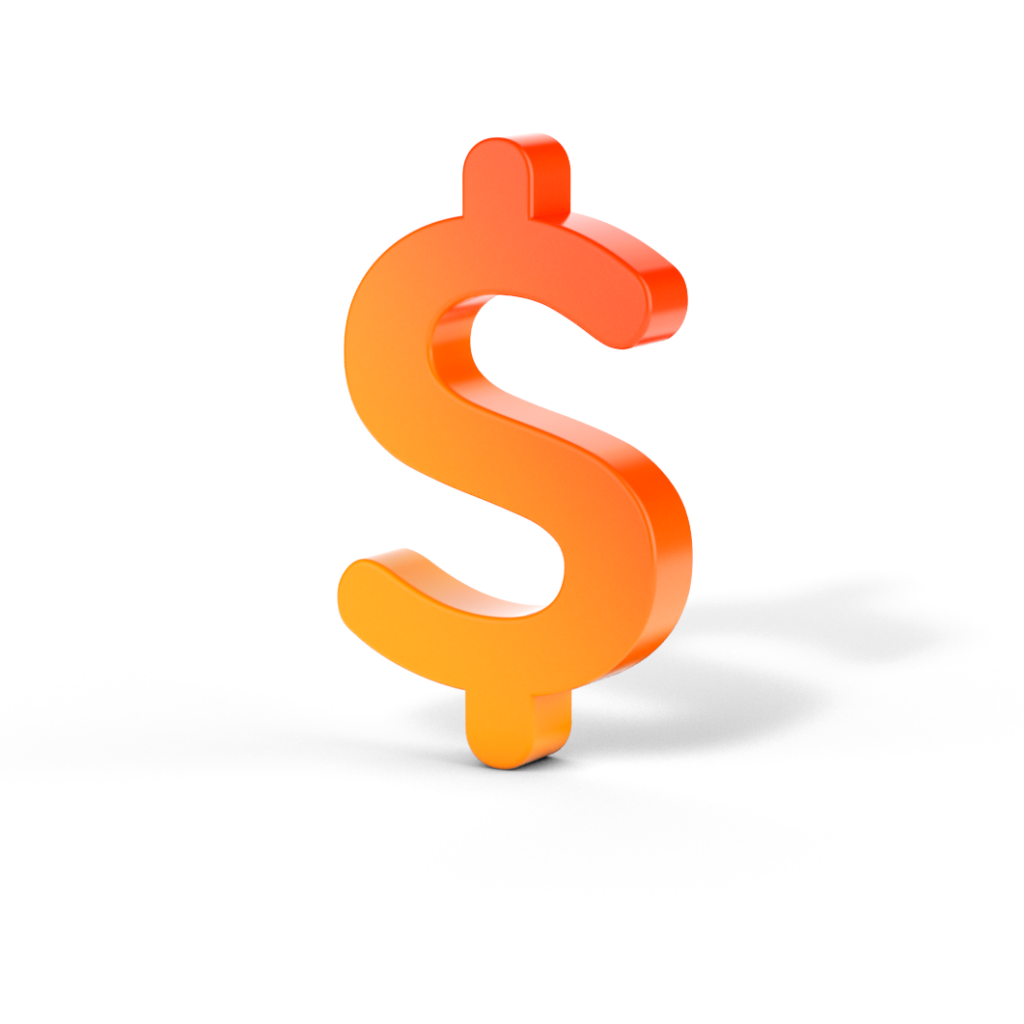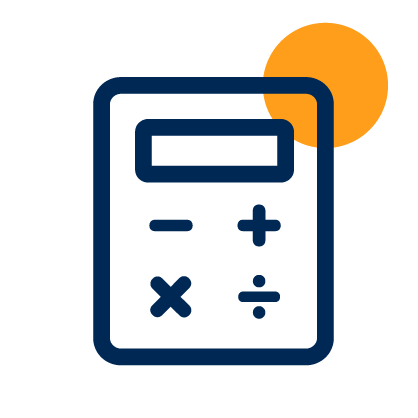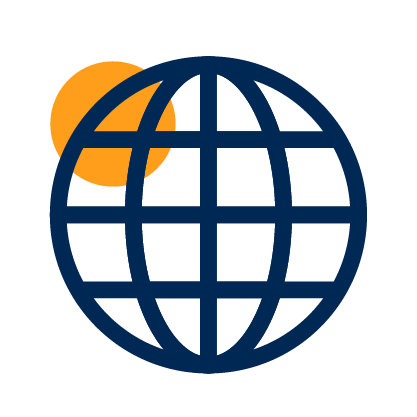Exchange rates
Check foreign exchange rates on the most popular currency pairs here before you initiate your money transfer.
Live rates as at Apr 19, 2024, 4:41 AM (CUT)
1 Australian dollar = 0.640050 US dollar
Inverse rate 1.562378

An offer so good you’ll have to try us
New to OFX? Take advantage of a great introductory rate across 7 currencies (AUD, USD, SGD, GBP, NZD, EUR, CAD) on your first personal transfer. Terms and Conditions apply.
Terms and Conditions: The introductory rate is available to: (i) new personal customers who register under OzForex when making their first transfer; and (ii) AU personal customers who have registered from 1 April 2021, and have not dealt. The introductory rate is for first spot transfers only and not for subsequent transfers. Eligible sell and buy currencies include AUD, USD, SGD, GBP, NZD, EUR, CAD. Offer not available in conjunction with any other offers or to customers on a pre-arranged fixed customer rate. OFX reserves the right to withdraw the offer at any time. All transactions are governed by OFX Terms and Conditions which includes information in relation to Margin which is how we make our money.
What is the exchange rate today?
Whether you want to transfer euros to dollars or loonies to rupees, this is the place to check live and historical currency exchange rates. With these tools, you can time your transfer, so your international payments go further.

Interbank and live exchange rates
Foreign exchange rates are always on the move, so it’s wise to check out the charts before you make your payment. Interbank rates, also commonly referred to as market rates, are the official live conversion rates for a given currency pair. The interbank rate is the constantly fluctuating price at which banks trade currencies with each other. Unfortunately for consumers, most banks charge up to a 5% margin on the interbank rate when they send your money overseas, which could cost you hundreds depending on the size of your transfer. At OFX, our margins are substantially less, so the more you use our service the more you save.
Use our “Get Extra” widget to see how much you could save when you transfer with OFX instead of using your bank or log in to get a live quote.

Types of exchange rates
There are 3 major types of exchange rates systems which governments employ to determine the market value of their currencies.
- Floating exchange rates. Most major and relatively stable currencies employ a floating exchange rate (or fluctuating exchange rate), which are determined by the forces of supply and demand. The value of the currency is determined by market factors including interest rates, consumer and inflation data, political climate and fluctuations in the value of critical exports. Currencies which use a floating exchange rate regime include the USD, GBP and EUR amongst others.
- Managed float exchange rates. Also known as a ‘pegged float’, in this exchange rate system, the central bank will intervene in the market to ensure that the currency value stays within a predetermined band. Countries employing a managed float include Indonesia and Singapore.
- Fixed exchange rates. A fixed exchange rate regime ties the value of the currency to the fluctuations of another currency. The Hong Kong dollar and U.A.E. dirham are pegged to the U.S. dollar.

Why do different companies offer different exchange rates?
The simple answer? Because they can. Banks know that 80% of consumers will use their bank to transfer money overseas.* They don’t have to offer competitive rates, because many people are unaware of the margins they charge. (When informed of these charges 75% of consumers called these costs ‘very high’ or a ‘bank rip-off’.^)
Similarly, retail currency exchange providers who have outlets at the airport know you’re desperate to have the money before your trip. That’s why their buy and sell rates are so different from each other. At OFX, we offer consistently good exchange rates and professional 24/7 service, so you can move your money when you want to. Log in to see the live rates for yourself.
Make an informed decision and make the most of your money.
*Survey conducted by Galaxy Research on behalf of OFX (August 2016). Sample size: 1000 Australians. Question: if you wanted to send money overseas, would you use a bank? Answer: 81% of people responded that they would use a bank to send money overseas.
^Survey conducted by Galaxy Research on behalf of OFX (August 2016). Sample size: 1000 Australians. Question: If you transfer $10,000 overseas via your bank then the transfer fee might be $25 and the currency margin cost might be approximately $400. How do you feel about these costs to transfer $10,000 of your money overseas? Answer: Half (48%) believe that the approximate bank charges to transfer $10,000 overseas are a ‘bank rip-off’, and a further 27% say that the cost is ‘very high’ (75% say that the bank charges are ‘very high’ or a ‘rip-off’).

